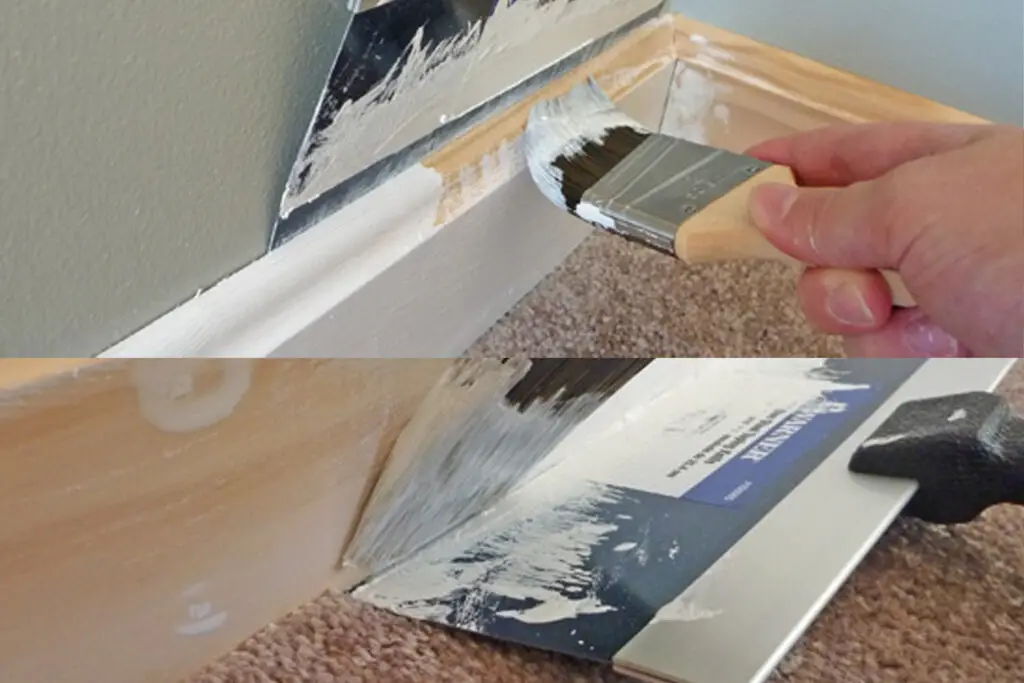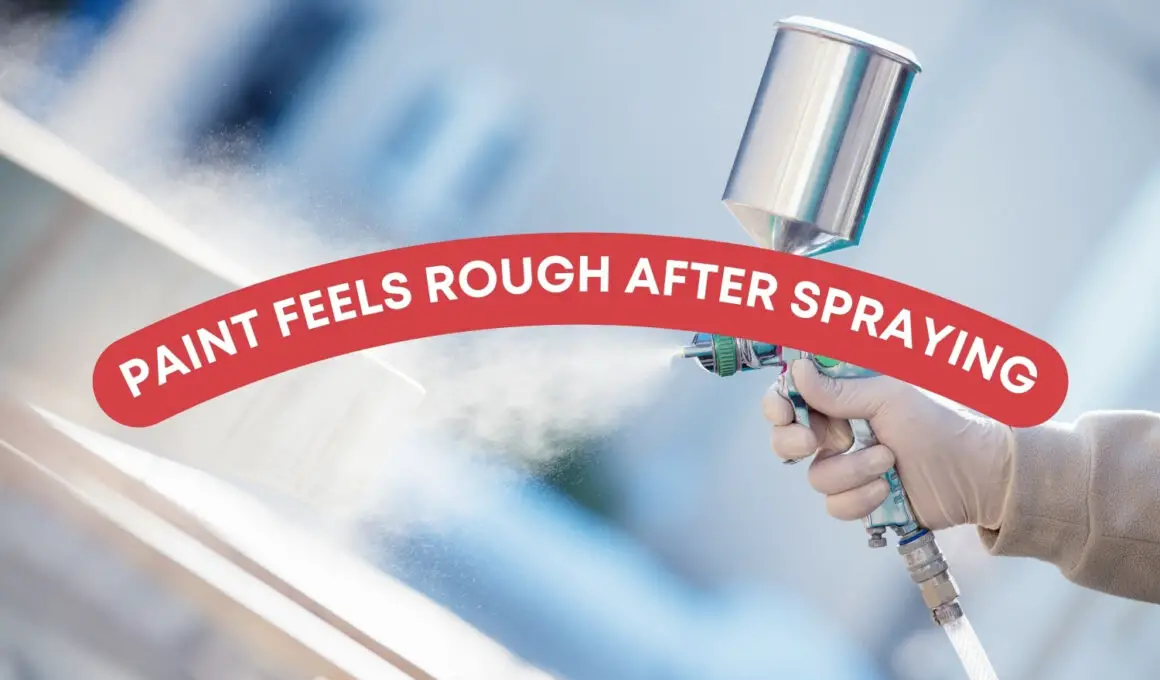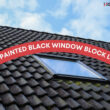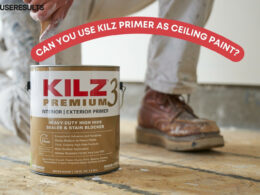Table of Contents Show
Have you ever sprayed a coat of paint onto your car or furniture and been dismayed that it feels slightly rough to the touch? If so, you’re not alone. This is a common issue among DIYers, auto body shops, and even professionally-hired painting contractors.
Spray paints are particularly popular and a great choice as they can revive anything from wicker chairs to ceramic ornament also, there are spray paints for beginners if you do not plan on getting the help of a professional, although it does take years of experience to perfect it. There are also factors to consider to achieve a high-quality finish.
The paint will feel rough after spraying it on an uneven wall. Also, this is likely to happen if you spray too far away from the stratum you are painting. Sometimes the paint can get clogged in the nozzle too, and cause it to spill out; this won’t give you a smooth texture.
The color from pain is also permanent and won’t move however this also means that you can achieve the multi-layered surface effect. Spray paint might look easy, but it is a skilled trade and one of the common issues with it is that it can feel rough after painting, but luckily this can be rectified.
The good news is that there are ways to prevent this from happening—and ways to fix the problem if it does occur. This article will explore why paint may feel rough after spraying and what you can do about it. Read on to learn more!
Why Does Paint Feel Rough After Spraying?
Many people, after painting, see that their painting has some roughness all over it. The following are possible reasons this happens;
1. Nozzle is Not Properly Adjusted
One common reason why paint feels rough after spraying is that the nozzle on the sprayer isn’t properly adjusted. If the nozzle is set too low, paint can build up on the tip and create a rough, textured finish. To avoid this, always adjust the nozzle before beginning to paint.
2. Paint Might be Too Thick
Another possible reason for roughness is that the paint itself is too thick. This can happen if you add too much water to the paint or if you don’t stir it well enough before beginning to spray. To fix this, simply thin out the paint with more water or stir it more thoroughly before painting.
3. Uneven Surface
Finally, roughness can also be caused by an uneven surface. If your wall or ceiling isn’t perfectly smooth, the paint may have difficulty adhering evenly, resulting in a rough texture. To avoid this, sand down any uneven areas before painting and use a primer designed for walls or ceilings (depending on what you’re painting).

What to Do if Your Paint Feels Rough After Spraying
If your paint feels rough after spraying, there are a few things you can do to fix the problem.
- First, check your sprayer’s nozzle to ensure it is clean. If it is clogged, clean it with a brush or by running water through it.
- Next, thin the paint according to the manufacturer’s directions. This will help the paint flow more smoothly and prevent clumping. You can also thin it out with some water.
- If you’re using oil-based paint, add mineral spirits to thin it out. If you’re using latex paint, add some water. You may need to experiment with the ratio of paint to thinner until you find the right consistency.
- If you’re using the wrong type of paint, switch to acrylic-based paint. These paints are designed for airless sprayers and will provide a smoother finish.
- Make sure you adequately prepare the surface before painting it. Sand any rough edges and clean off any dust or dirt. If you do these things, your paint should go on smoothly and evenly without feeling rough after spraying.
- Ensure you apply thin coats of paint over and over again instead of one thick coat. This will help the paint dry evenly and prevent an uneven finish.
Frequently Asked Questions
How many coats of spray paint?
Two coats of spray paint are recommended and it is also best to allow the proper time frame for drying. To get full coverage, the amount of coat needed to paint any item is 2 light coats however you can work with 3 as well if you want every angle covered, apply this at different angles.
How do you make spray paint look better?
The simple tip you can follow to make spray paint look better is to spray lightly. Shake the can well to ensure you get even colors and note that three thin coats of colors are better than one thick coat. In addition, wait at least 20 minutes between coats.
What happens if you spray paint when it’s too hot?
Painting in direct sunlight will cause the paint to dry out quickly before it can fully bind and this only leads to a touch cracked or even peeling spray job. While in cold temperatures, the paint thins and flows out easily and this only leads to wasting paint and causing a big mess as well.
Final Thoughts
With a few simple steps and the right materials, you can fix the paint that feels rough after spraying. After cleaning off any contaminants from the project surface, use medium-grit sandpaper to smooth out any imperfections before priming and painting again.
With proper preparation and technique, you can prevent your next project from having this texture issue altogether by using the appropriate primer for your specific application.
Whether you’re new to DIY projects or an experienced painter, we hope these tips help make your next paint job look perfect!













